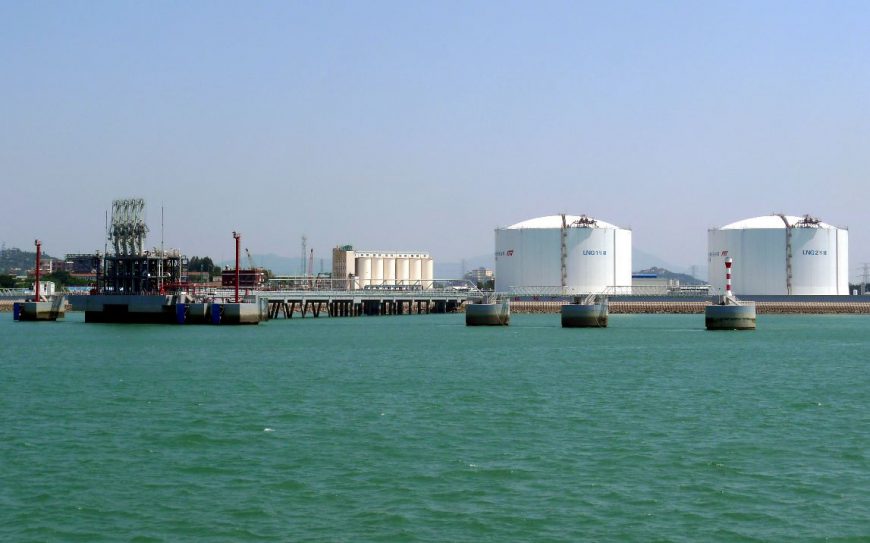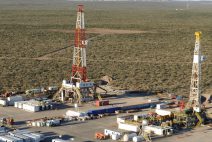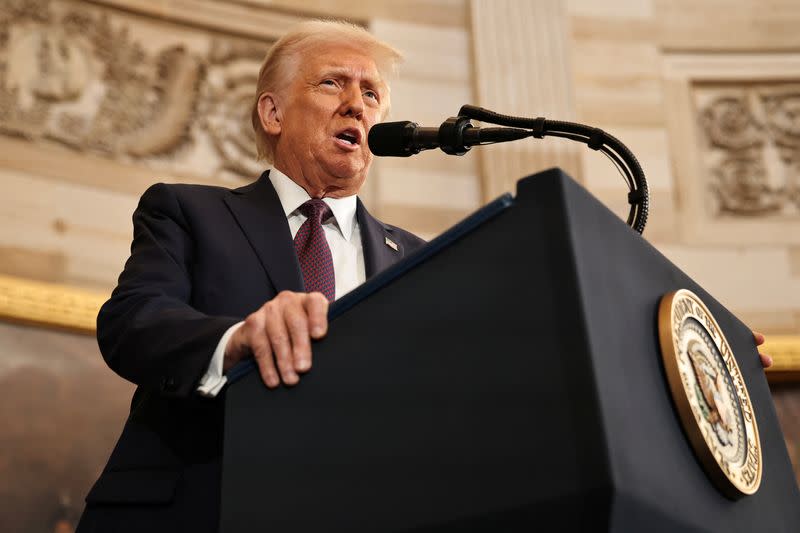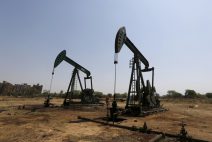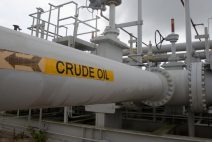The International Energy Agency (IEA) sees the current level of oil storage in member states sufficient to take action if required to stabilise oil markets, and sees no need to increase strategic reserve requirements.
The Paris-based agency said earlier in October that it stood ready to act if needed to keep markets well supplied as the Middle East conflict is fraught with uncertainty and poses risks to oil flows from the region.
Oil prices soared to over $95 a barrel after Hamas launched a shock attack on Israeli civilians in early October, posting one of the most significant geopolitical risks to oil markets since Russia's invasion of Ukraine last year.
The agent's 31 member countries made two batches of oil releases from their emergency reserves last year, totalling 182.7 million barrels, in response to the market turmoil caused by Russia's invasion of Ukraine.
"I don't think we need to do anything like that at this moment. But we will keep an eye on the situation," said Keisuke Sadamori, director of energy markets and security at IEA, in an interview with Reuters on the sidelines of an industrial event in Singapore.
IEA requires the member states to hold oil stocks equivalent to at least 90 days of net oil imports and to be ready to collectively respond to severe supply disruptions affecting the global oil market. The current tally of the combined strategy reserves at IEA members is about 1.2 billion barrels.
"By the size of 90 days of net imports, I think that should be good enough at this moment. Such kind of stockpiles are necessary not only for taking actual actions but also to keep some confidence to the market," said Sadamori.
But some countries are taking actions to improve their stockpiles. The U.S. is looking to buy 6 million barrels of crude oil for delivery to the Strategic Petroleum Reserve in December and January.
Sadamori also repeated the agency's comment two weeks ago that there has been no direct impact on physical supply resulting from the Middle East conflict. "But we need to be vigilant in terms of the development going forward," he said.
In terms of oil supply dynamics, Sadamori said it's a bit too early to tell if Russia's oil export levels will be affected by the sanctions by the United States on Russian oil carriers for breaching the price cap.
On demand, Sadamori expected China will continue leading global oil demand growth in the near term, but the growth rate will gradually flatten as the uptake of electric vehicles and slowing economic growth will cap its transportation fuel consumption, despite petrochemical demand remaining strong.
The IEA lowered its oil demand growth forecast for 2024 in its October report to 880,000 barrels per day (bpd) from the previous forecast of 1 million bpd growth, citing harsher global economic conditions and progress on energy efficiency that will weigh on consumption.
